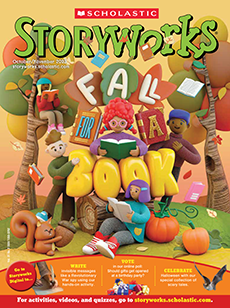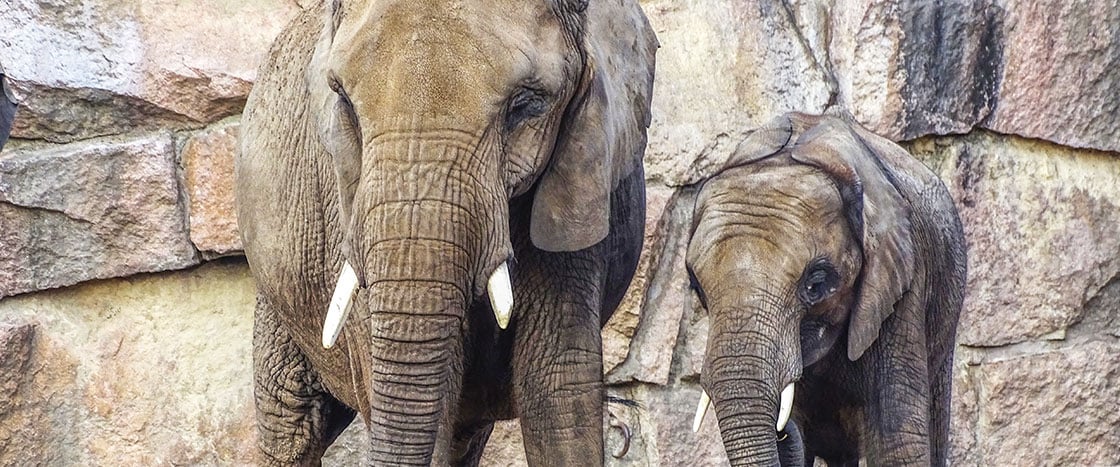Shutterstock.com
Monkeys swing from branches above. Baby leopards tumble in tall grass. Squawks from colorful birds echo through the trees. You might think you’re in the forests of Tanzania. But then you spot a group of kids pointing at the animals through a glass wall. Yup, you’re in a zoo.
Zoos have existed for thousands of years. In ancient Egypt, rulers collected wild animals and showed them off at their palaces. It wasn’t until the 1800s, though, that public zoos opened, and the average person could see dazzling creatures up close. People were wowed. But the animals were squeezed into tiny cages. They were seen more as entertainment than as living creatures.
Today in the U.S., there are laws to make sure that zoo animals are comfortable and well cared for. More and more zoo animals live in large, open areas that are similar to their natural habitats. And while zoos are still a source of entertainment, many also help protect animals and teach people about them.
But even with all the improvements, some people wonder: Is it OK to keep animals in zoos?
Monkeys swing from branches above. Baby leopards tumble in tall grass. Squawks from colorful birds echo through the trees. Maybe you think you’re in the forests of Tanzania. But then you spot a group of kids. They’re pointing at the animals through a glass wall. Yup, you’re in a zoo.
Zoos have existed for thousands of years. In ancient Egypt, rulers collected wild animals. They showed them off at their palaces. The first public zoos opened in the 1800s. There, the average person could see dazzling creatures up close. People were wowed. But the animals were squeezed into tiny cages. They were seen more as entertainment than as living creatures.
Today in the U.S., laws help make sure that zoo animals are comfortable and well cared for. More and more zoo animals live in large, open areas. These spaces are similar to their natural habitats. Zoos are still a source of entertainment. But many zoos also help protect animals. And they teach people about them.
These are all improvements. But some people still wonder: Is it OK to keep animals in zoos?

